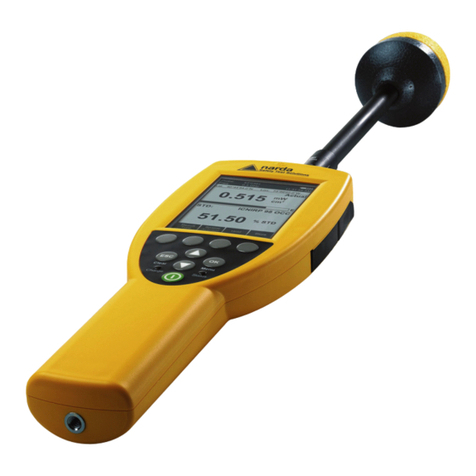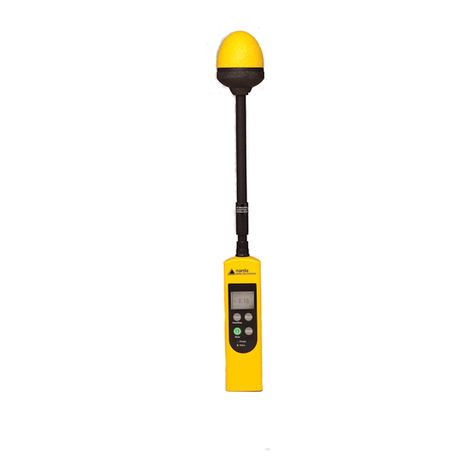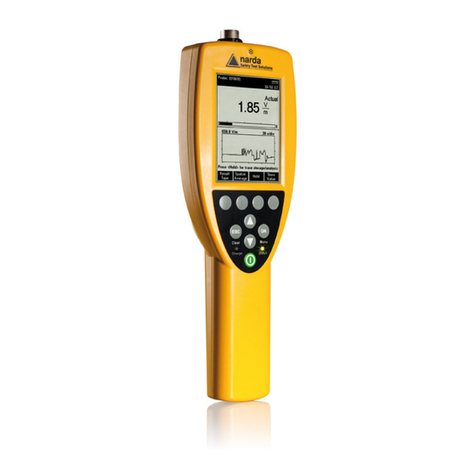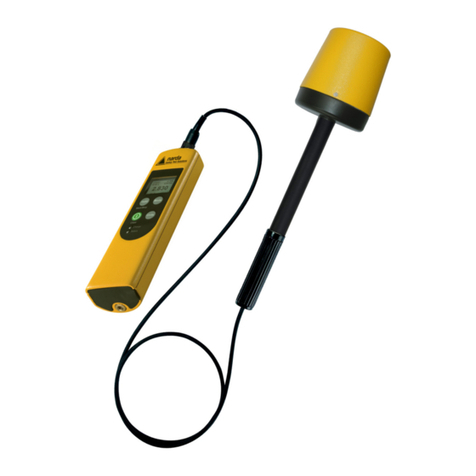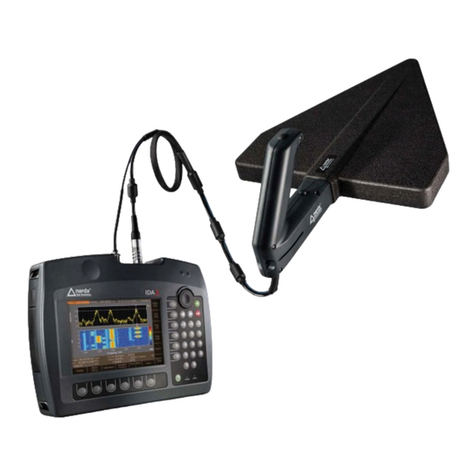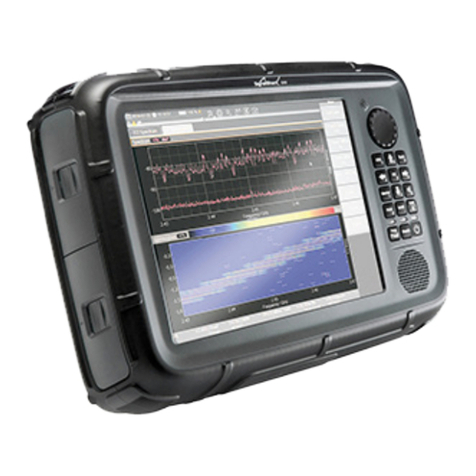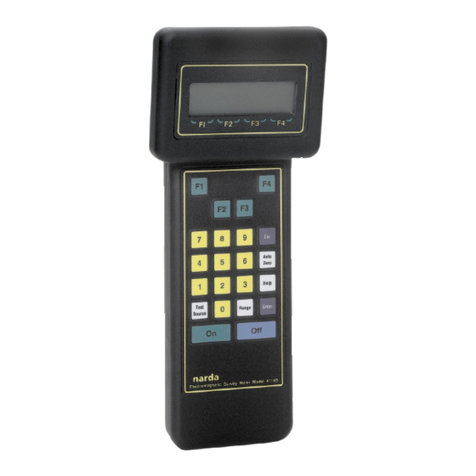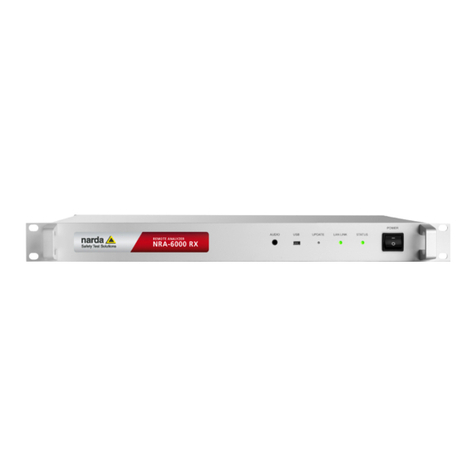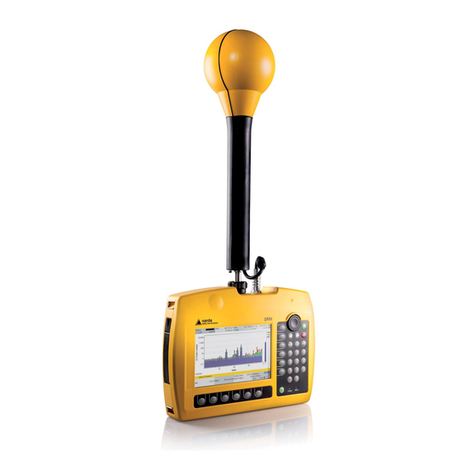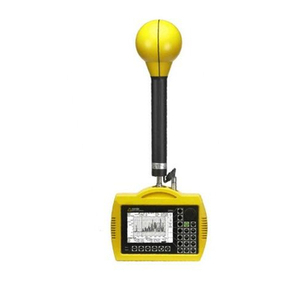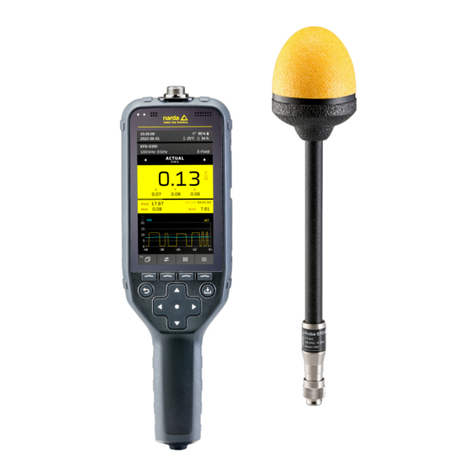
Contents V
8061SW-02 Data display
3.21 Introduction…………………………………………………………………………….
3.22 Calendar………………………………………………………………………………..
3.23 Data window……………………………………………………………………………
3.24 Main commands.......................................…..…..…...........................................
3.24.1 File……………………………………………………….…………………………..
3.24.2 Option………………………………………………….…………………………….
3.24.3 Trace………………………………………………….……………………………..
3.24.4 Marker………………………………………………….…………………………….
3.24.5 Vertical…………………………....…………………..……………………………..
3.25 Secondary commands……………………………………………………………….
3.25.1 Save Files…………………………………………………………………………...
3.25.1.1 Save File in ASCII format……………………………………………………….
3.25.2 Open Files…………………………………………………………………………..
3.25.2.1 Open Autotext file………………………………………………………………..
3.25.3 Show Table File…………………………………………………………………….
3.25.4 ClipBoard……………………………………………….…………………………...
3.25.5 Zoom Mode…………………………………………….……………………………
3.25.6 Comment……………………………………………….……………………………
3.25.7 Redraw……………………………………………………………………………….
3.25.8 Appearance………………………………………………………………………….
3.25.9 Setup…………………………………………………………………………………
3.25.9.1 Color palette………………………………………………………………………
3.25.10 Limit…………………………….…………………………………………………...
3.25.10.1 SCREEN sample……………….………………………………………………..
3.25.11 Software release………………………………….…………………………….…
3.26 Graph window...........…......................................................................................
3.27 Status window………………………………………………………………………...
3.28 Importing data to Word or Excel…………..……….…………………………….....
Page
3-55
3-55
3-56
3-58
3-58
3-58
3-59
3-60
3-61
3-62
3-62
3-63
3-64
3-66
3-68
3-68
3-69
3-69
3-70
3-70
3-71
3-71
3-72
3-72
3-72
3-72
3-73
3-73
4 First connection - Point to Point and FTP communication
First connection - Point to Point communication
4.1 General Information…………………………………………………….....................
4.2 First connection - Setting stations to Point-to-point mode………….....................
4.2.1 RS232/USB, Point to Point ………………………………………………………...
4.2.2 Modem, point to point……………………………………………………………….
Setting station RTC (Real Time Clock)………………………………………………….
Setting Sub Bands……………………………………………………………………….…
How to switch the GSM modem on……………………………………………………….
Programmed mode…………………………………………………………...................
Spontaneous mode……………………………………………………………………….
Automatic mode………..………………………………………………………………….
First connection - FTP communication
4.3 General Information……………………………………………………......................
4.3.1 Introduction……………………………………………….......................................
4.3.2 Brief description of FTP communication…………………………………………..
4.3.3 Monitoring networks……………………………………........................................
4.3.4 System operation in FTP mode…………………………………………………….
4.3.5 Some advantages………………………………………........................................
4.4 General Requirements…………………………………….......................................
4.4.1 Remote station………………………………………….……………......................
4.4.2 FTP server requirements………………………………......…………...................
4.4.3 Brief operating description and file structure……….………………....................
4.4.4 Structure…………………………………………………......…………...................
4.4.4.1 CFG File (configuration)………………………………….……….... ..................
4.4.4.2 FLD File (Read)………………………………………..….………… ..................
4.4.4.3 Record File (Write)………………………………………..………… ..................
4.4.4.4 FLD File (Write)………………………………………..….………… ...................
4.4.4.5 Event File (Write)………………………………………....………… ....................
4.5 First installation - Setting stations to FTP mode ...…………………. .....................
4.5.1 Modem, FTP…………………………………………………………………………..
4.6 AMB-8061 Firmware updates in FTP mode……………………………....................
Page
4-1
4-3
4-7
4-9
4-12
4-13
4-14
4-15
4-15
4-15
4-19
4-19
4-19
4-19
4-20
4-20
4-21
4-21
4-22
4-22
4-22
4-22
4-23
4-23
4-23
4-24
4-24
4-26
4-44
